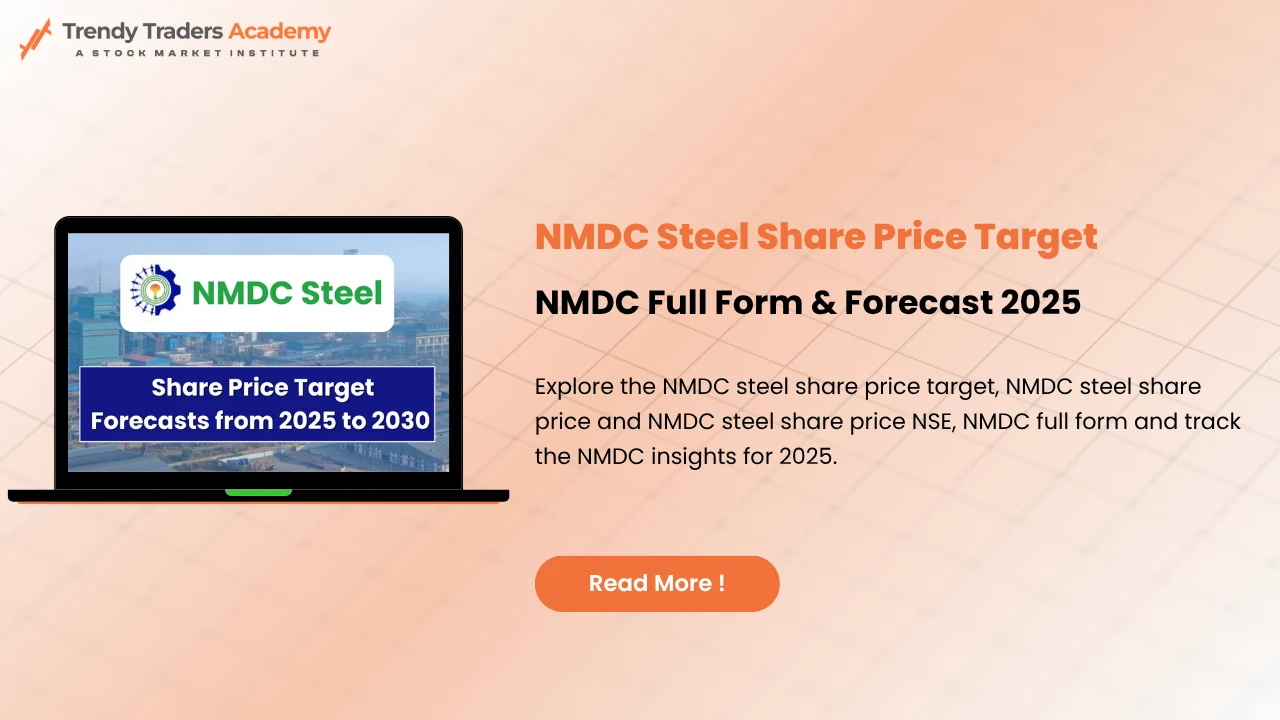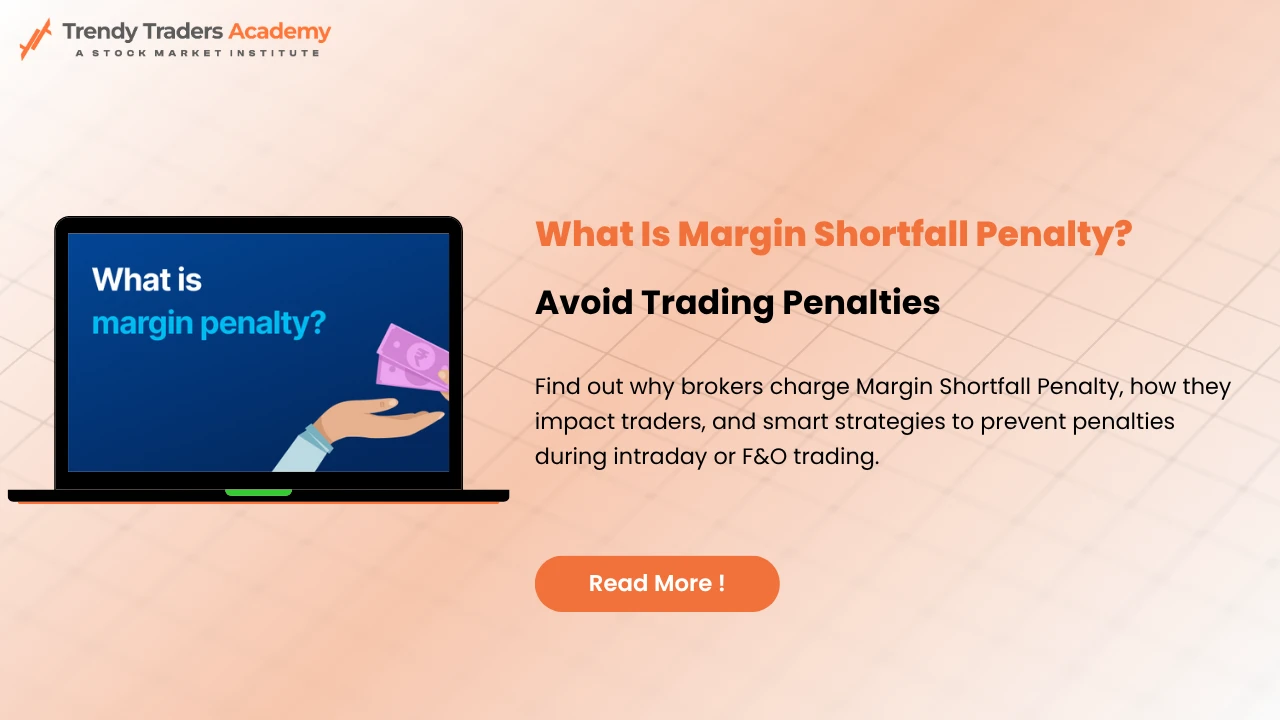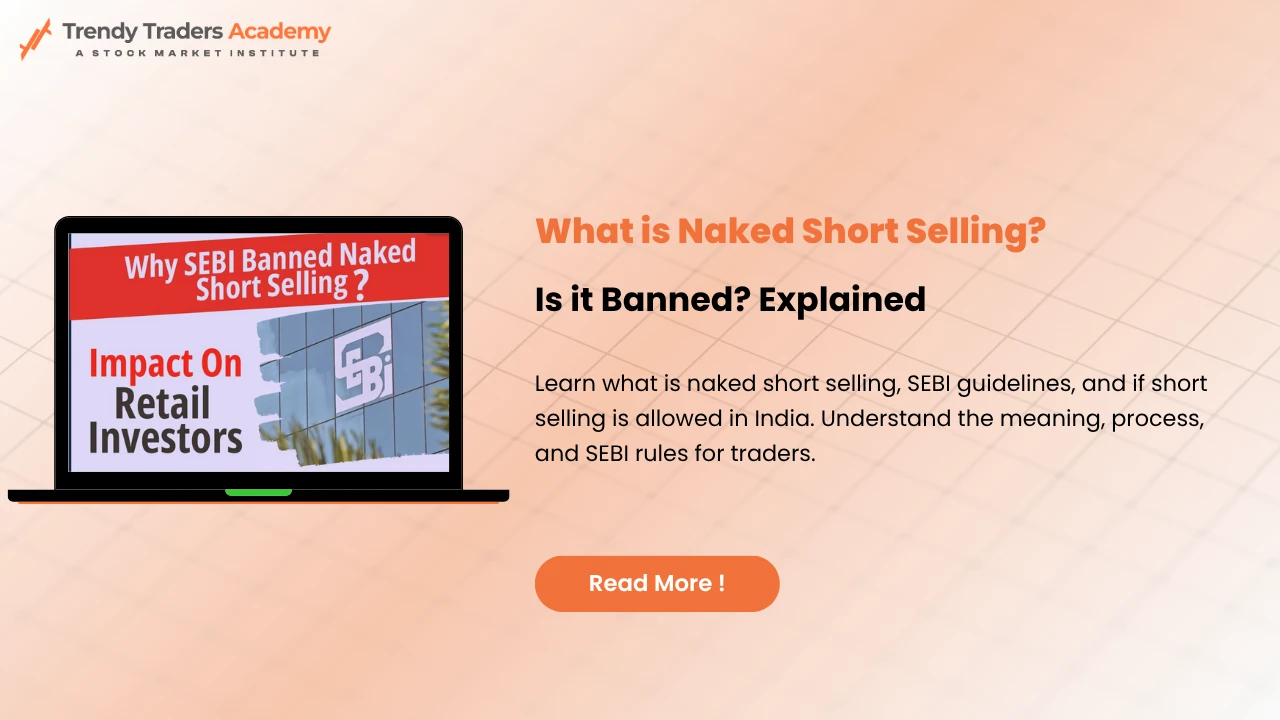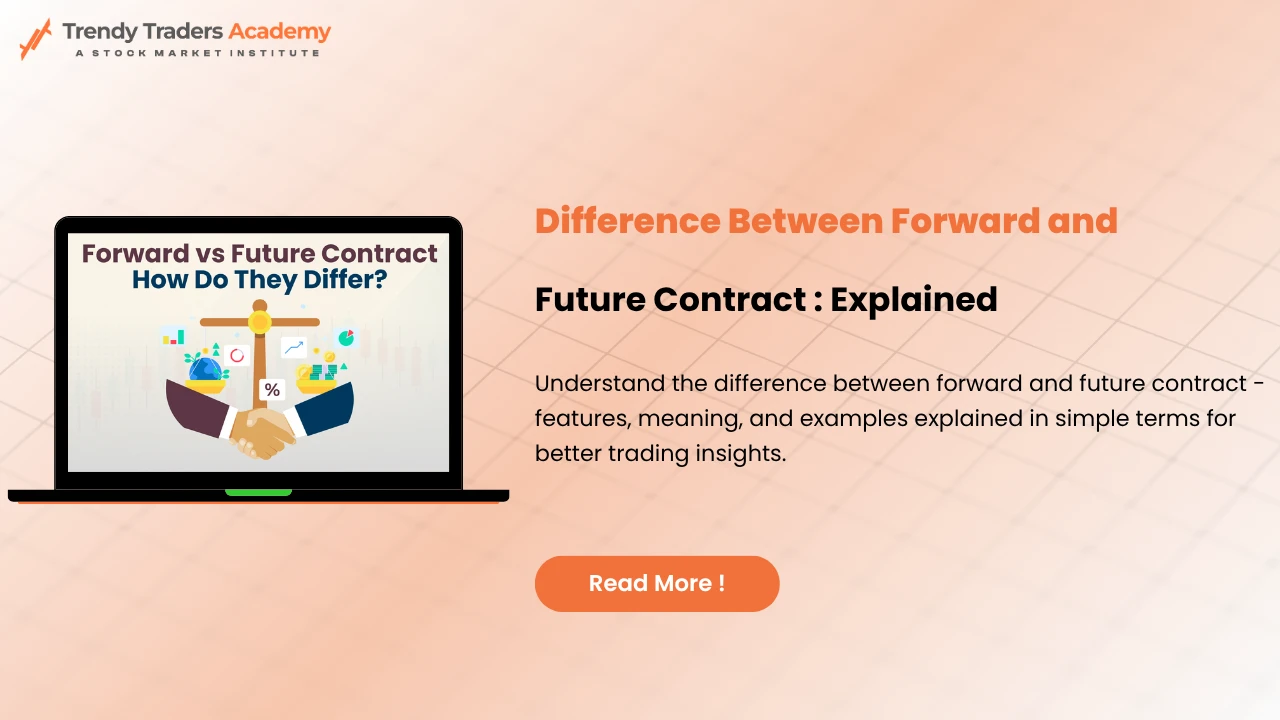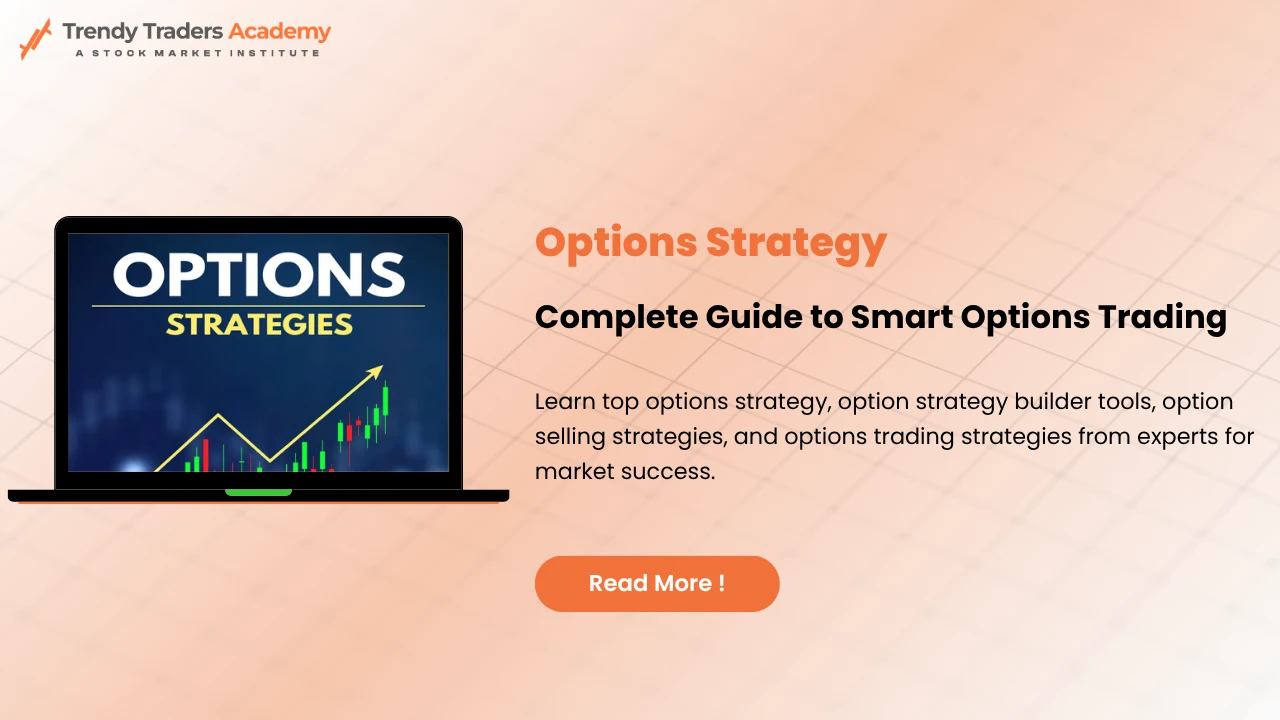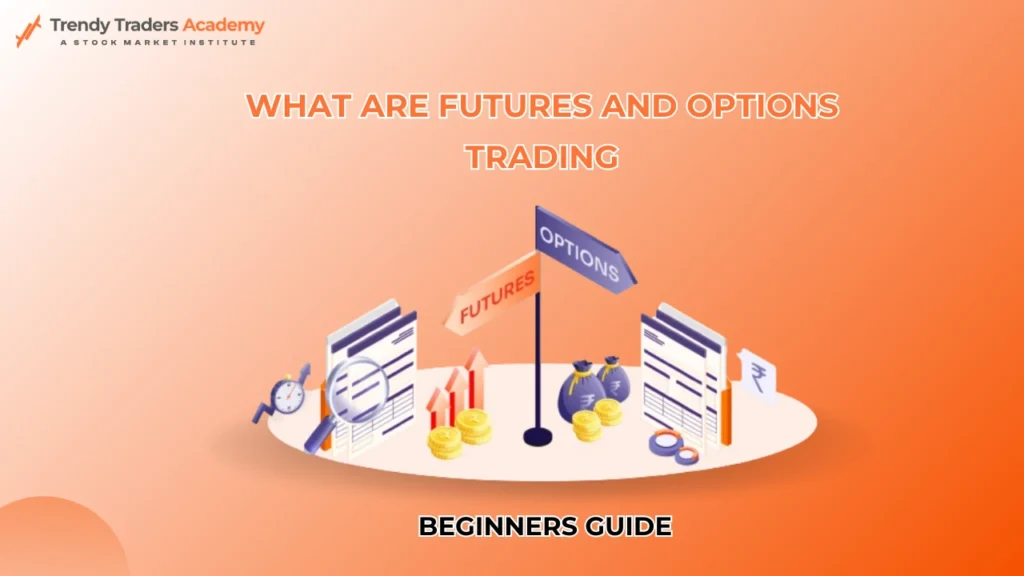
What are Futures and Options Trading : A Guide to Futures and Options trading for Beginners
Introduction
The financial market attracts traders and investors through Future and Options derivative instruments to speculate on asset pricing and manage risks and improve performance alongside portfolios. If you trade as a novice level or advanced professional you need to comprehend these derivative instruments for effective trading decisions. The upcoming article analyzes Futures and Options derivatives starting with basic concepts before it explains Difference between Futures and Options and shows strategic methods for novice traders to approach the markets.
What Are Futures and Options ?
The following text provides basic definitions of Futures contracts and Options derivatives.
Futures Contracts
Two parties who enter into a legal Futures agreement determine an asset purchase or sale price for execution at a specified time in the future. Standardized trading contracts exist for purchase and sale of assets at future dates through markets including the Chicago Mercantile Exchange (CME) and National Stock Exchange (NSE).
Key features of Futures contracts:
The contracts feature mandatory fulfillment since both sides remain committed to perform their obligations when the time of delivery arrives.
Futures trading occurs on formal markets which provides both visibility and market activity.
All trading operations need a margin deposit system as security.
Contract holders have the freedom to choose payment by cash or to receive the delivered asset.
Among the commodities that trade through Futures markets exist stocks and commodities alongside indices and currencies and interest rates.
Options Contracts
Through an Options contract the investor obtains the right to acquire or surrender an asset through a specific price before expiration or at the time of expiration. Unlike Futures, Options offer flexibility and a lower financial commitment
Types of Options:
Call Option: A call option enables its holder to execute an agreement for purchasing an asset at a fixed price.
Put Option: The holder receives a right to market a specific asset through a specified price.
Key features of Options contracts:
People who purchase options contracts have no legal requirement to perform the agreement.
The writers take greater risks under option contracts and have legal responsibilities to perform their end of the agreement.
People who purchase options agreements must pay premiums first before obtaining the contract right.
The tool finds multiple applications when used for protection against risk, investment strategy development, and profit making.
The choice between Futures and Options depends on traders’ investment targets which they can determine through knowing these financial instruments’ basic principles.
By understanding what are Futures and Options, traders can determine which instrument best suits their investment objectives.
difference between futures and options
Most traders want to understand the fundamental difference between futures and options contracts. Though they both operate as derivative instruments they possess specific characteristics which make them ideal for execution of separate trading methods.
Feature | Futures | Options |
Obligation | Buyer & seller must fulfill contract | Buyer has the right but not the obligation |
Risk | Higher, as losses can be unlimited | Limited to the premium paid (for buyers) |
Cost | Requires margin deposits | Requires upfront premium payment |
Flexibility | Less flexible, as both parties are bound | More flexible due to optional execution |
Use Case | Speculation, hedging, arbitrage | Hedging, speculation, income generation |
For traders who want direct exposure to asset price movements, Futures contracts are a better choice. However, for those who prefer defined risk and leverage, Options contracts can be more suitable.
Futures and Options Trading for Beginners
Learning Futures and Options trading for beginners does look very hard in Initial days, yet this knowledge will strengthen dealer capabilities. The following instructional guide steps through this domain for novice participants.
Step 1: Understand the Basics
Beginners should learn about what are Futures and Options and difference between futures and options first before anything because its very crucial and useful:
Market terminologies like strike price, premium, margin, open interest, etc.
The functioning of derivative exchanges and clearing houses.
Different strategies used in Futures and Options trading.
Step 2: Choose a Trading Platform
Selecting a reliable trading platform is essential for smooth transactions. Factors to consider include:
User-friendly interface.
Availability of analytical tools.
Margin requirements and brokerage fees.
Step 3: Paper Trading and Backtesting
Before investing real money, beginners should practice using Futures and Options demo accounts or paper trading platforms. Backtesting strategies on historical data helps traders evaluate their potential success.
Step 4: Risk Management Strategies
Since derivatives trading involves significant risks, beginners should employ risk management techniques such as:
Setting stop-loss orders to limit losses.
Diversifying portfolios to reduce exposure to a single asset.
Managing leverage to prevent excessive financial risk.
Step 5: Develop Trading Strategies
Multiple approaches exist which assist traders in both increasing their potential earnings and decreasing their risks. Futures and Options trading has several popular strategies which include:
By employing Futures traders can establish hedges to shield themselves from price volatility.
Traders resort to Covered Calls by selling call options when they own underlying stock.
Both call options and put options are traded simultaneously in Straddle & Strangle strategies to leverage market volatility.
Step 6: Monitor Market Trends
Successful Futures and Options trading for beginners requires staying updated on market trends, global economic factors, and news events that may impact asset prices.
Step 7: Execute and Track Trades
Market participants can begin trading after they develop a strategy which requires ongoing performance assessment for necessary strategy modifications.
Advanced Trading Strategies
For experienced traders, advanced strategies can enhance profitability:
Iron Condor: Combining multiple Options to generate steady income.
Butterfly Spread: Using multiple strike prices to limit risk.
Futures Spread Trading: Taking advantage of price differences between contracts.
Protective Puts: Hedging stock positions with Put Options.
Pros and Cons of Futures and Options Trading
Advantages:
Leverage: Traders can control large positions with a relatively small capital.
Hedging Opportunity: Both contracts help in mitigating risks.
Flexibility: Options provide traders with multiple strategies for different market conditions.
Liquidity: Popular contracts have high liquidity, ensuring ease of trade execution.
Disadvantages:
High Risk: Without proper risk management, losses can be substantial.
Complexity: Understanding what are Futures and Options and how they work requires effort.
Margin Calls: Futures traders must maintain margin levels, which can lead to additional financial stress.
Premium Costs: Option buyers may lose the entire premium paid if the contract expires worthless.
Conclusion
A diverse investment portfolio can be achieved through Futures and Options trading by traders who seek new opportunities. Immersing yourself in the basics of Futures and Options trading and Understanding difference between Futures and Options and their contrasting features represents your first move to generating educated trading selections.
Starting success in Futures and Options trading demands three main components: education together with practice and effective risk management. The derivative instruments grant traders both risk hedging capabilities alongside profit opportunities through price change speculation.
Traders establish success within the Futures and Options market through precise trend analysis and proper strategy selection and effective risk control.
FAQ'S
Futures and Options (F&O) are financial derivatives that allow traders to speculate on the price movements of underlying assets like stocks, commodities, or indices.
- Futures: A contract to buy or sell an asset at a predetermined price on a specific future date.
- Options: A contract that gives the buyer the right (but not the obligation) to buy or sell an asset at a specific price before or on a certain date.
- Obligation: In futures, both the buyer and seller are obligated to fulfill the contract. In options, the buyer has the right, but not the obligation, to exercise the contract.
- Risk: Futures carry unlimited risk, while options limit the buyer’s loss to the premium paid.
- Premium: Options require an upfront premium; futures do not.
- Profit Potential: Futures have higher profit potential but with greater risk; options offer controlled risk with potentially limited profits.
- In futures trading, you agree to buy or sell an asset at a future date at a fixed price, regardless of market conditions.
- In options trading, you pay a premium for the right to buy (call option) or sell (put option) an asset at a specific price before the contract expires.
- Call Option: Gives the buyer the right to buy the underlying asset at a set price.
- Put Option: Gives the buyer the right to sell the underlying asset at a set price
F&O trading can be complex and risky, making it more suitable for experienced traders. Beginners should start with proper education, practice with paper trading, and understand risk management before trading real money.






